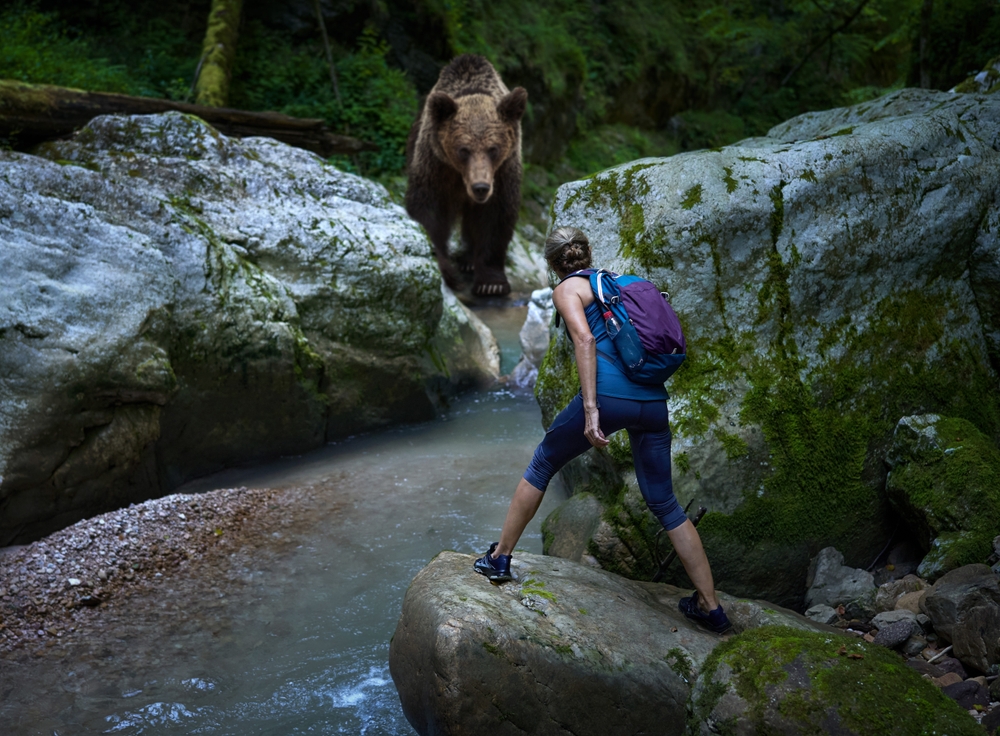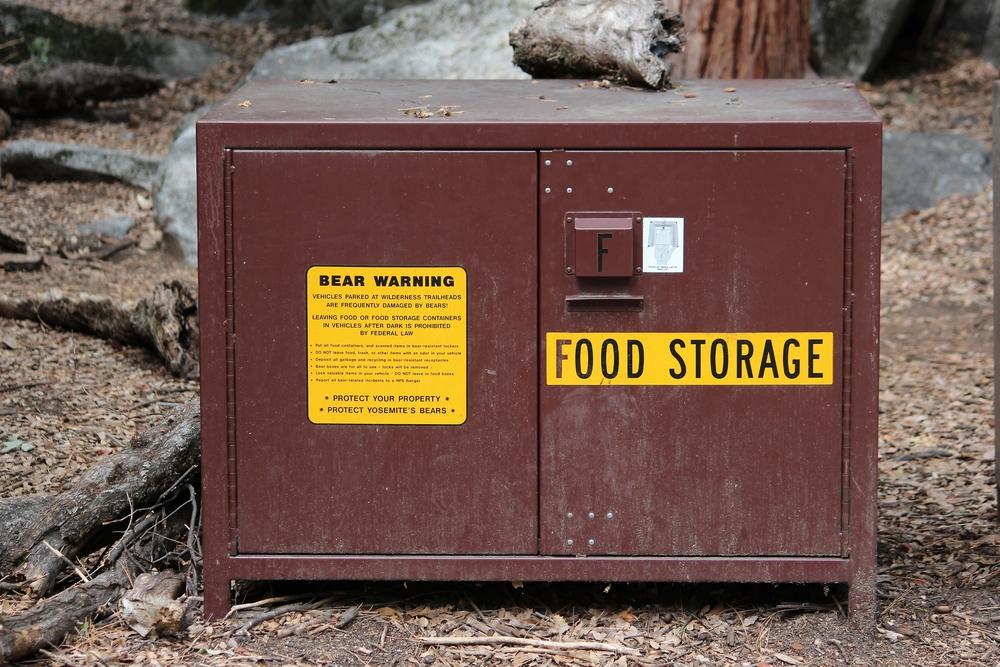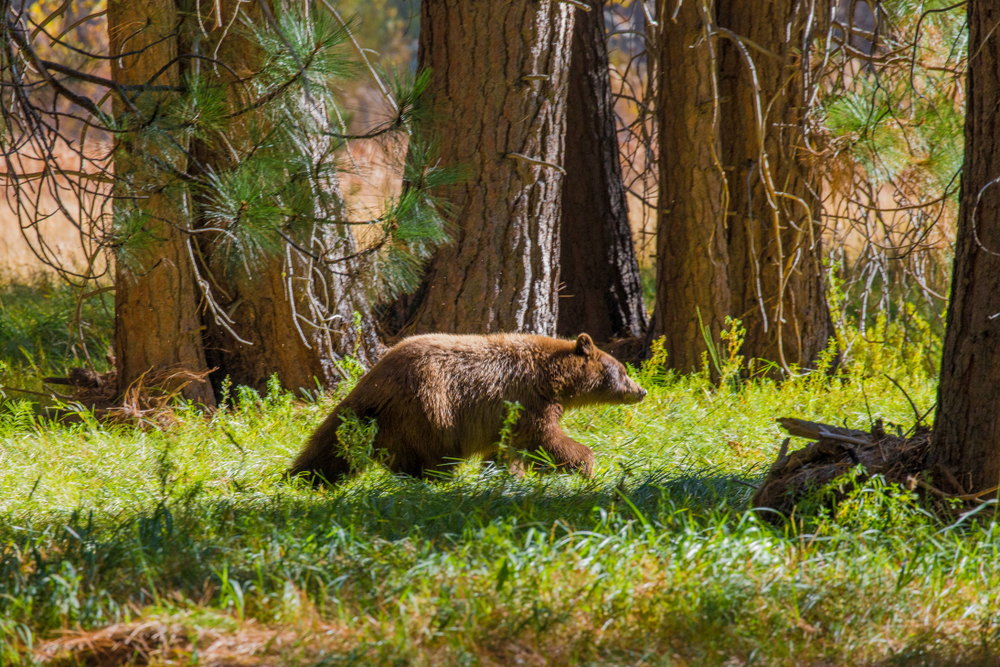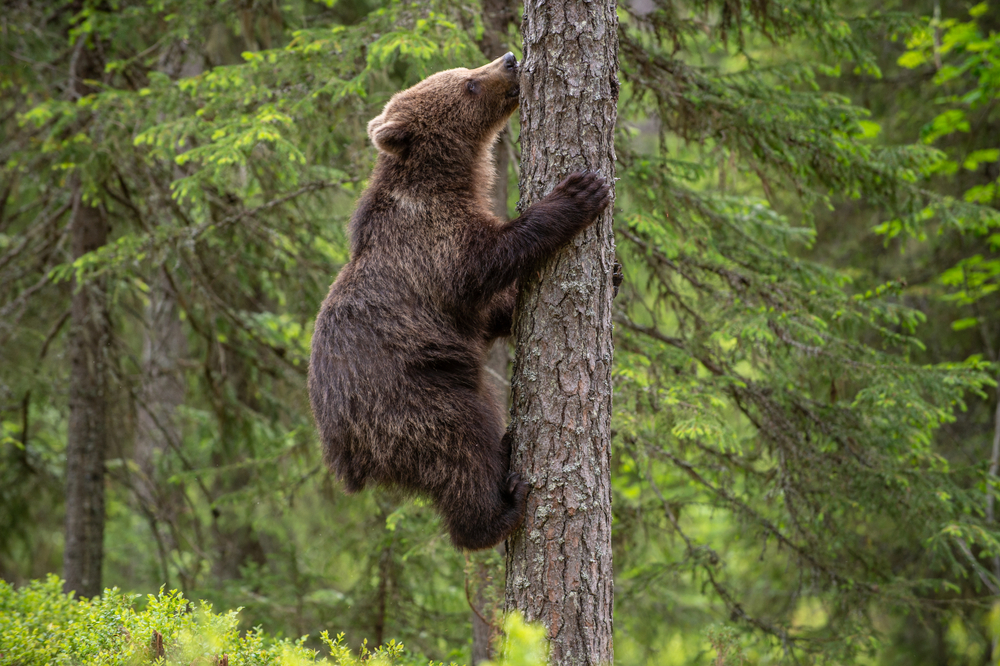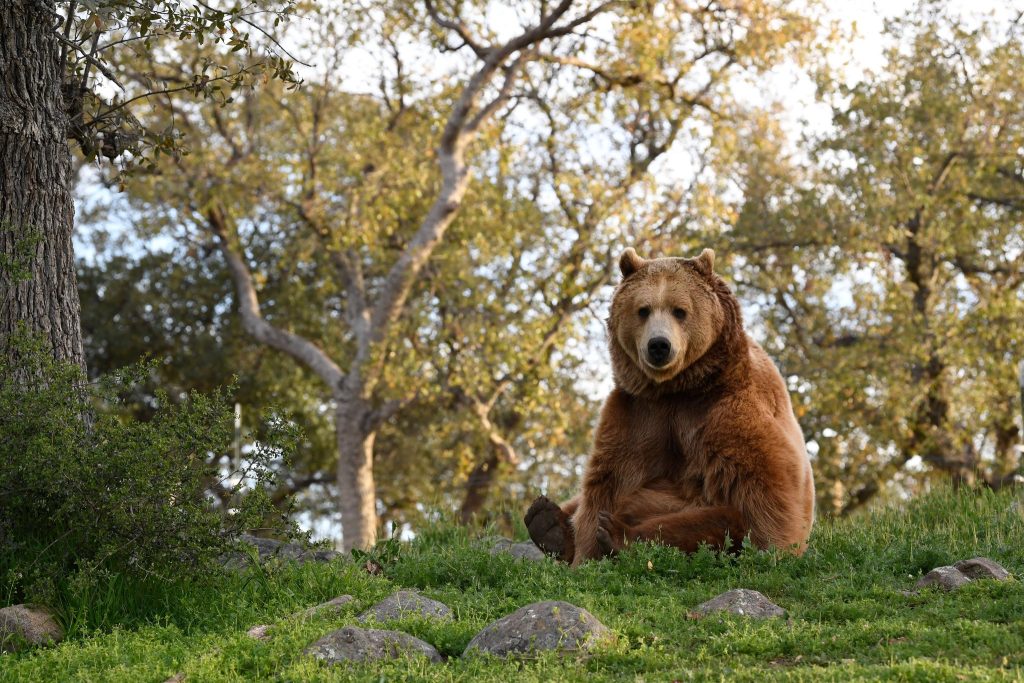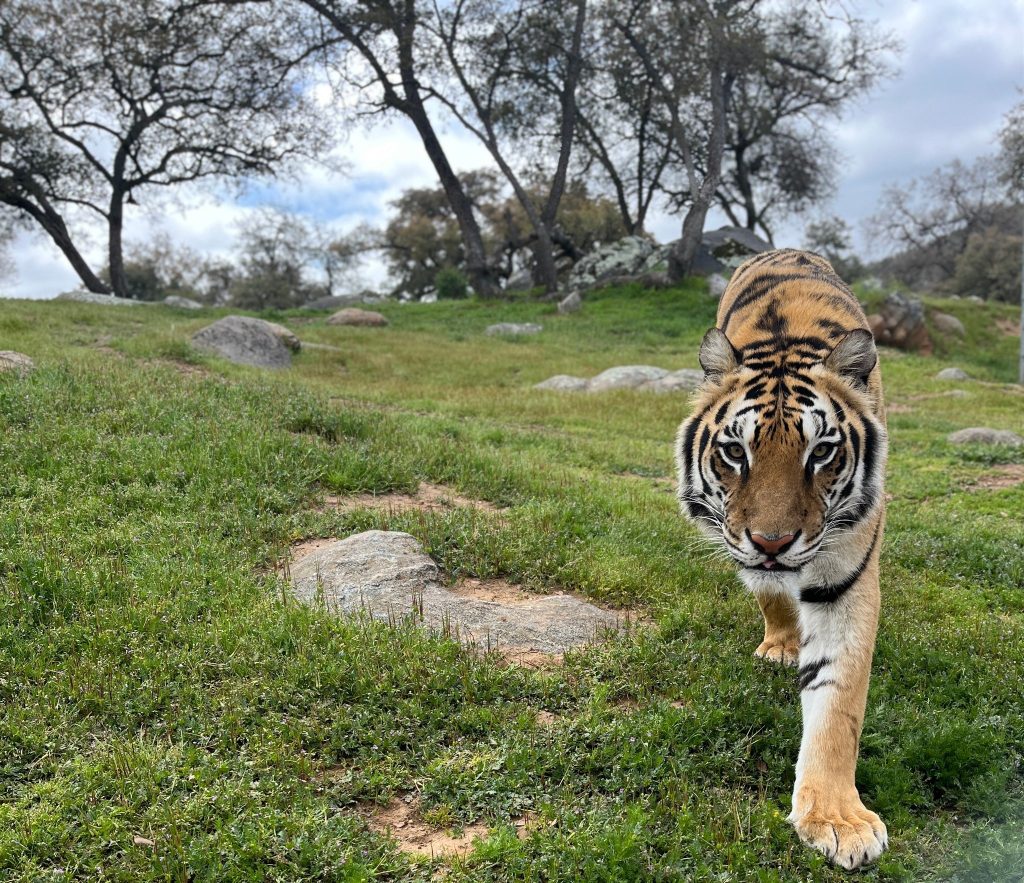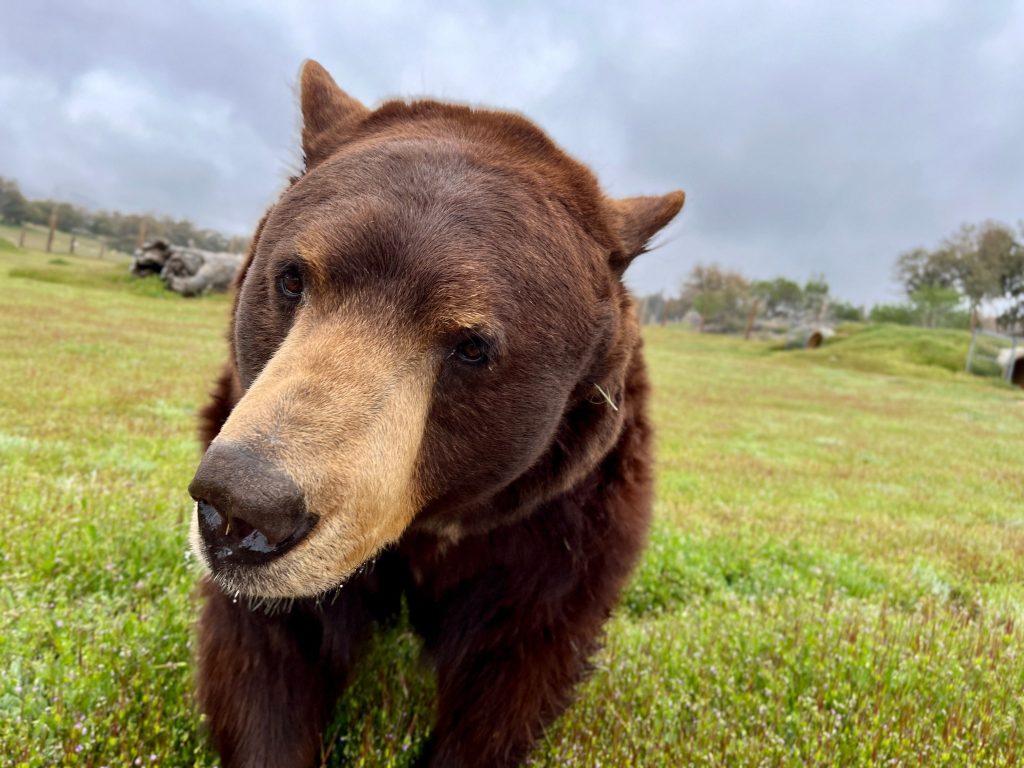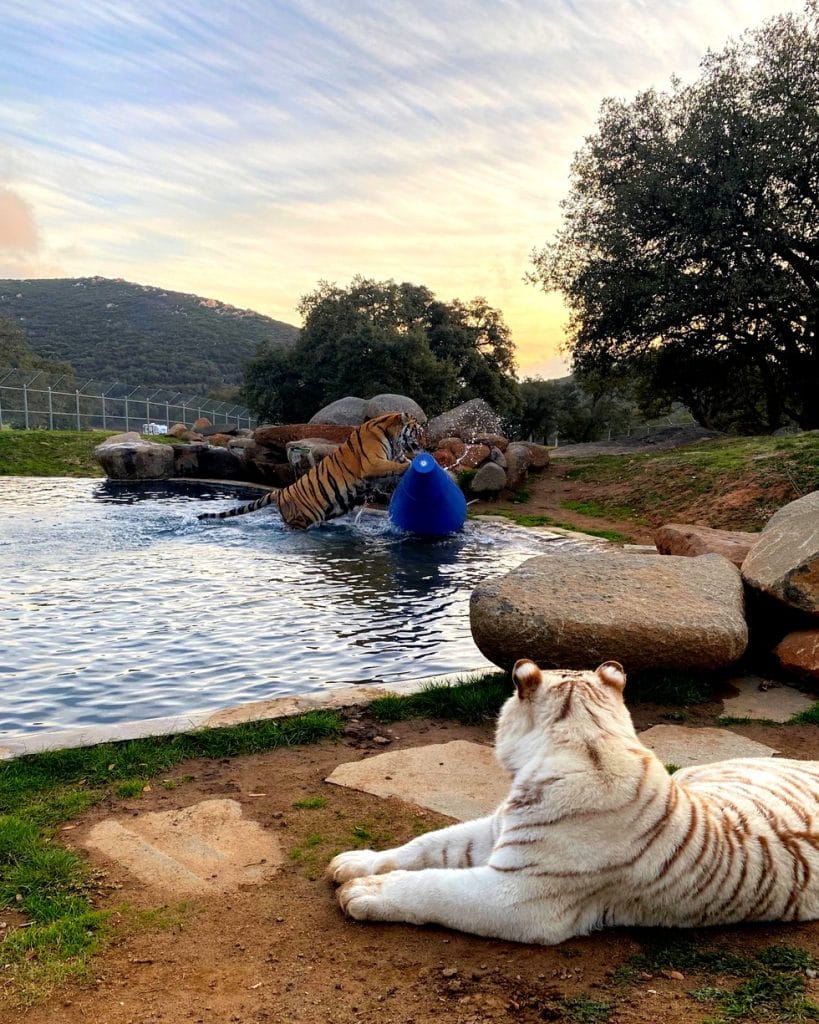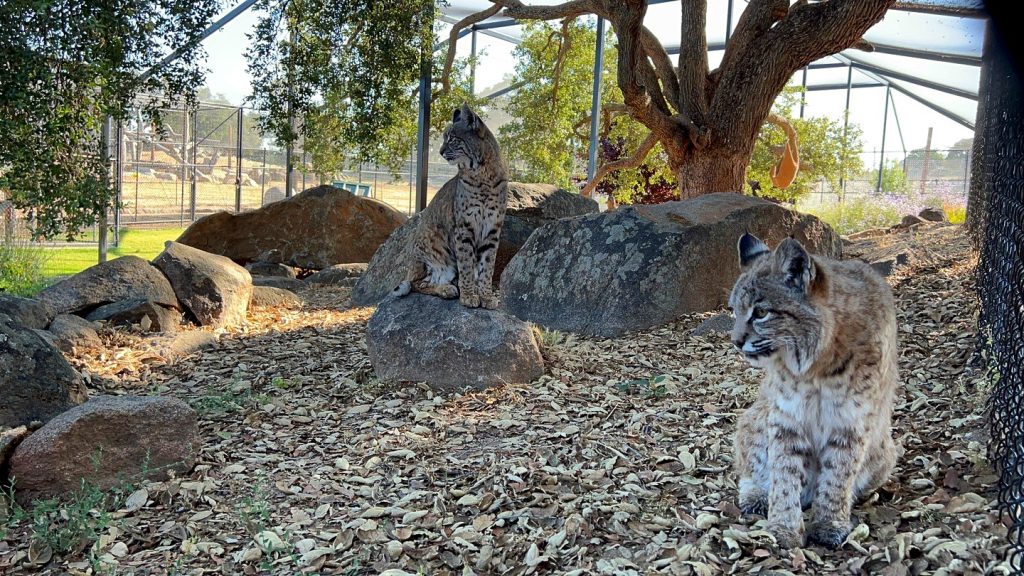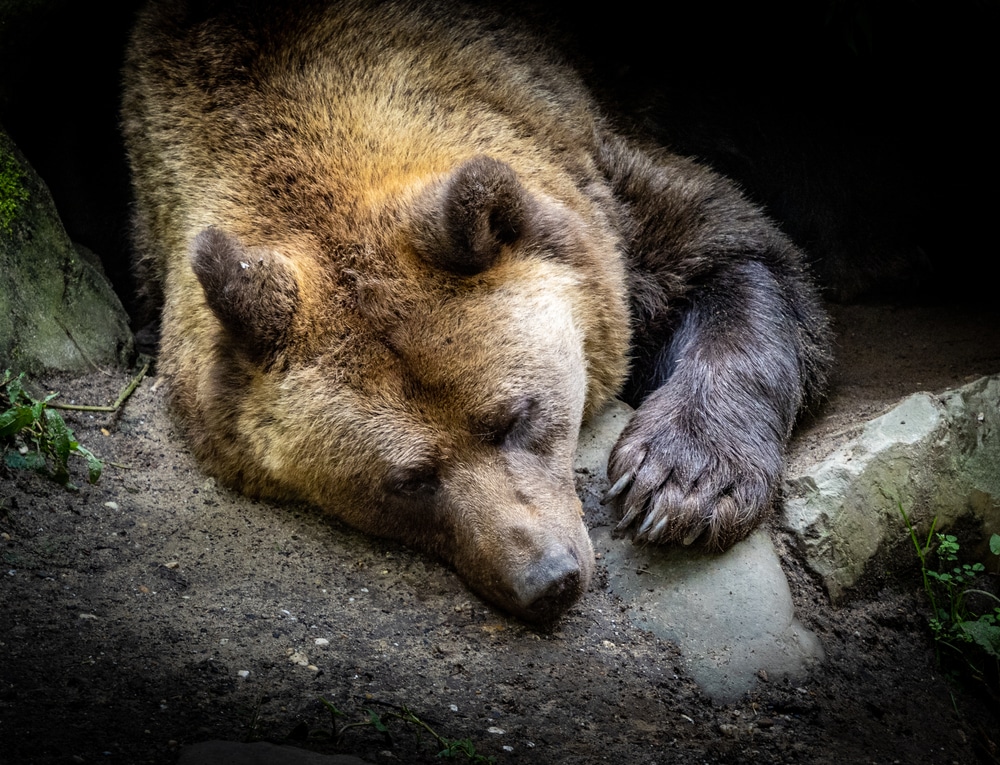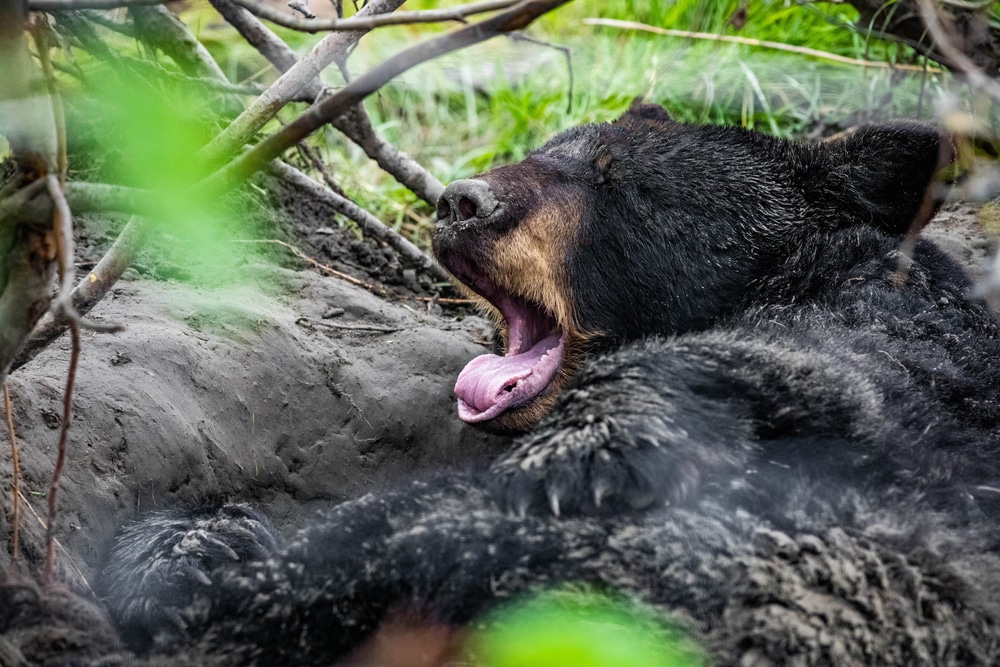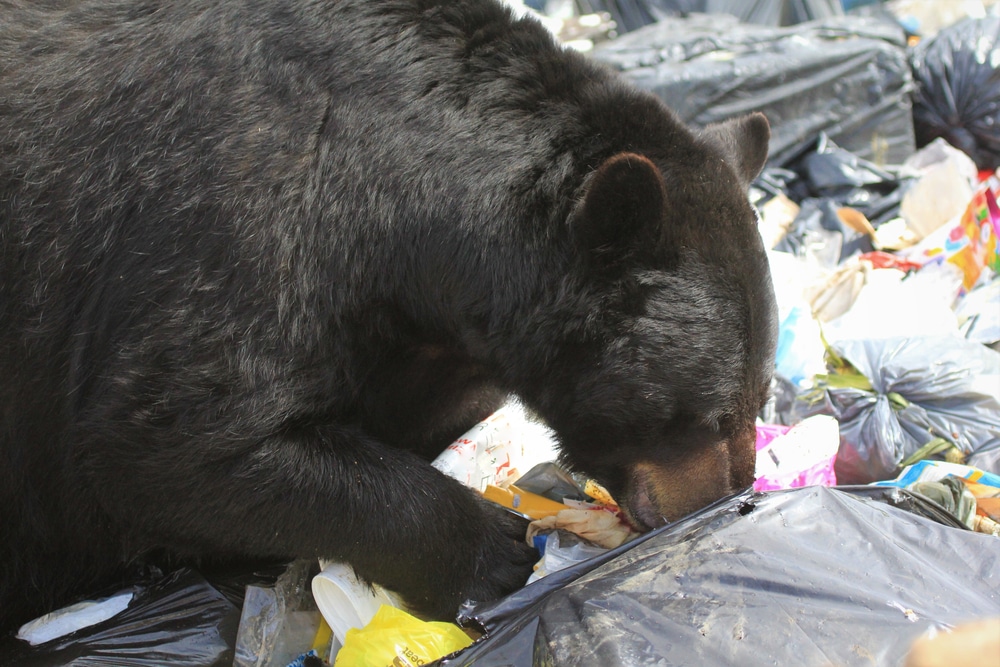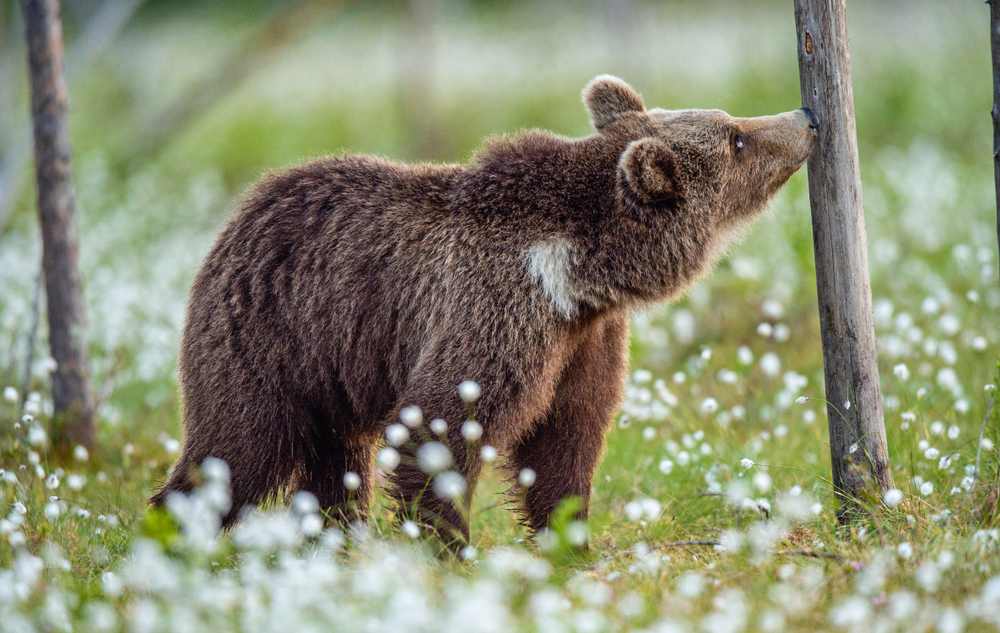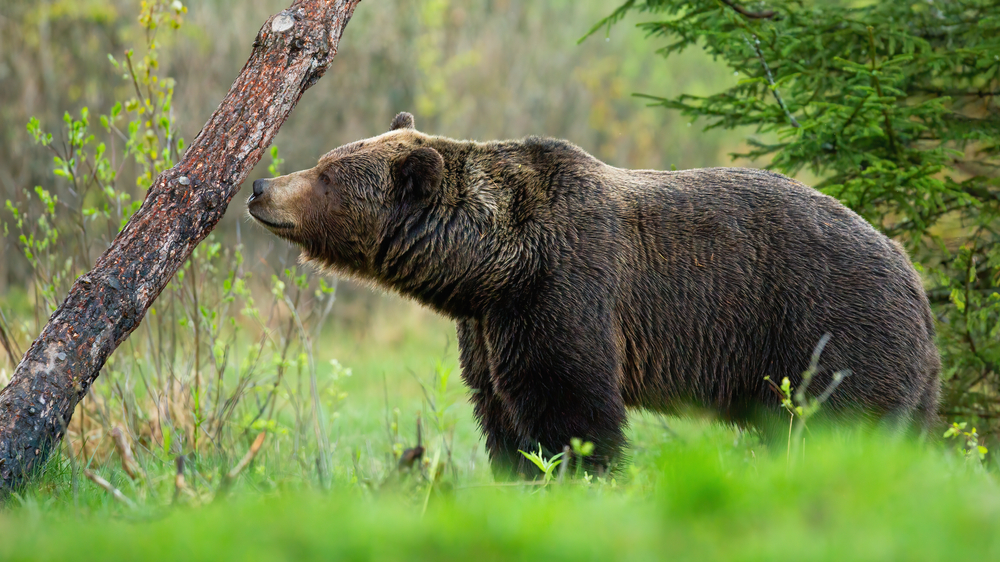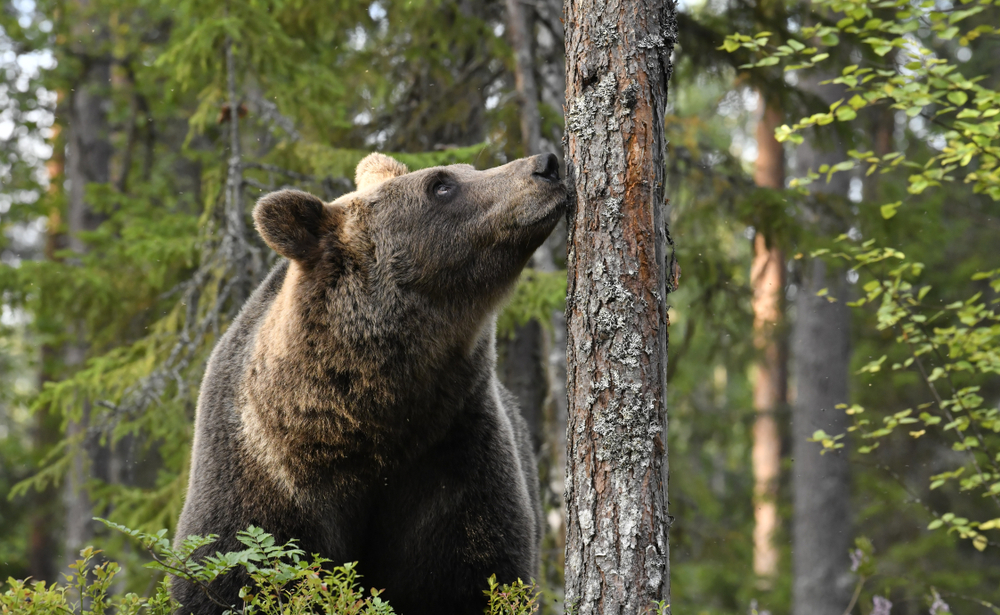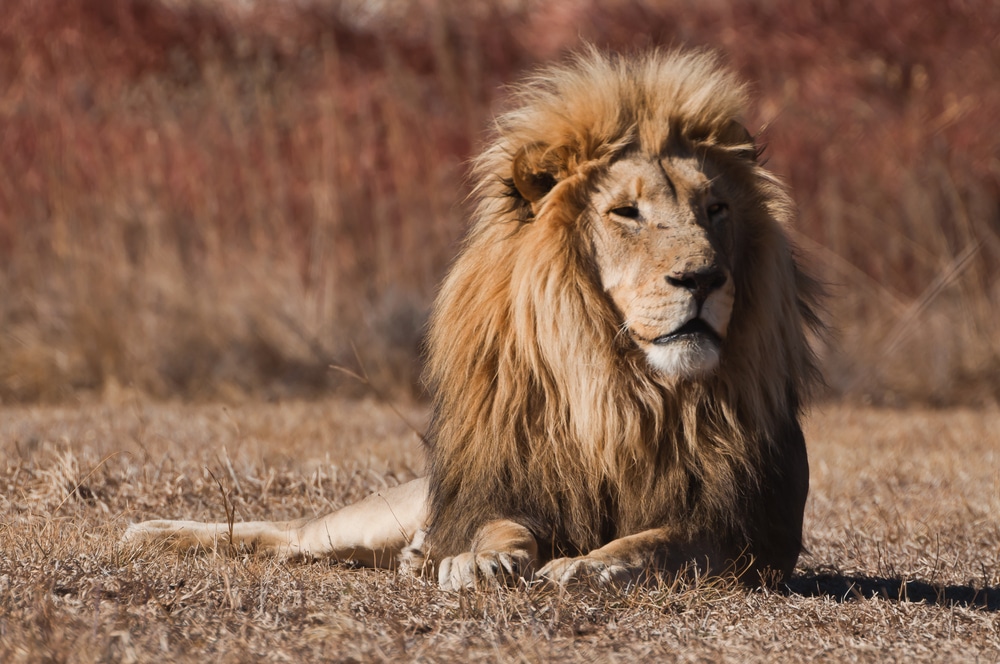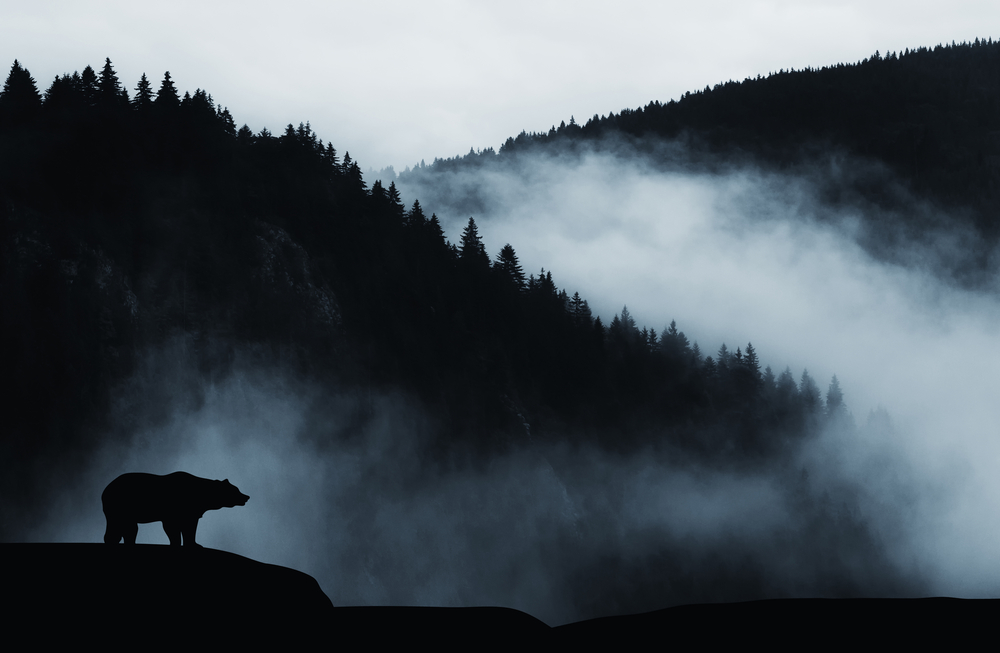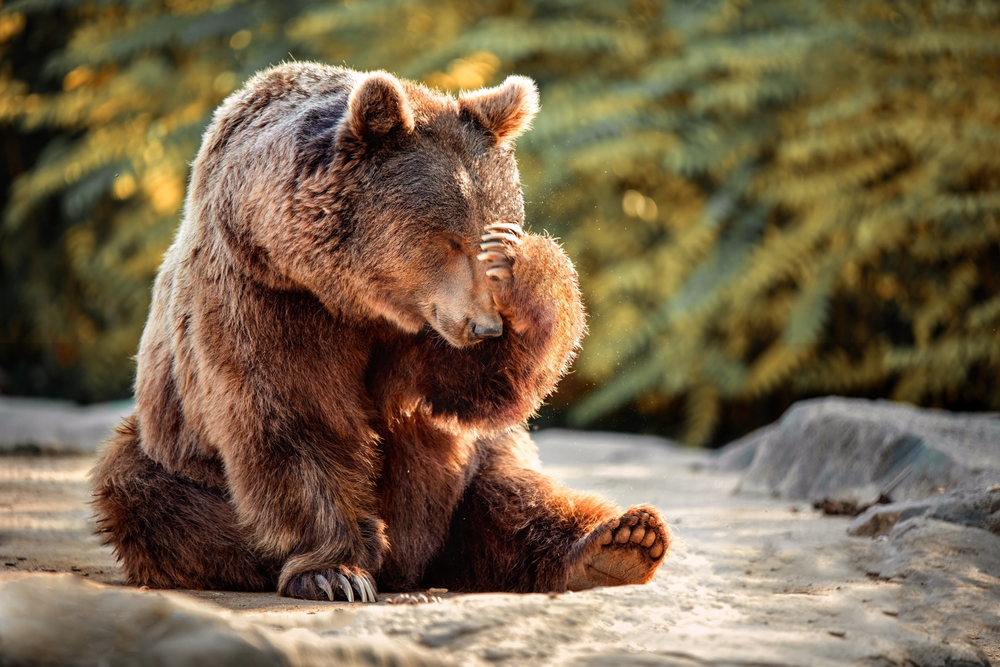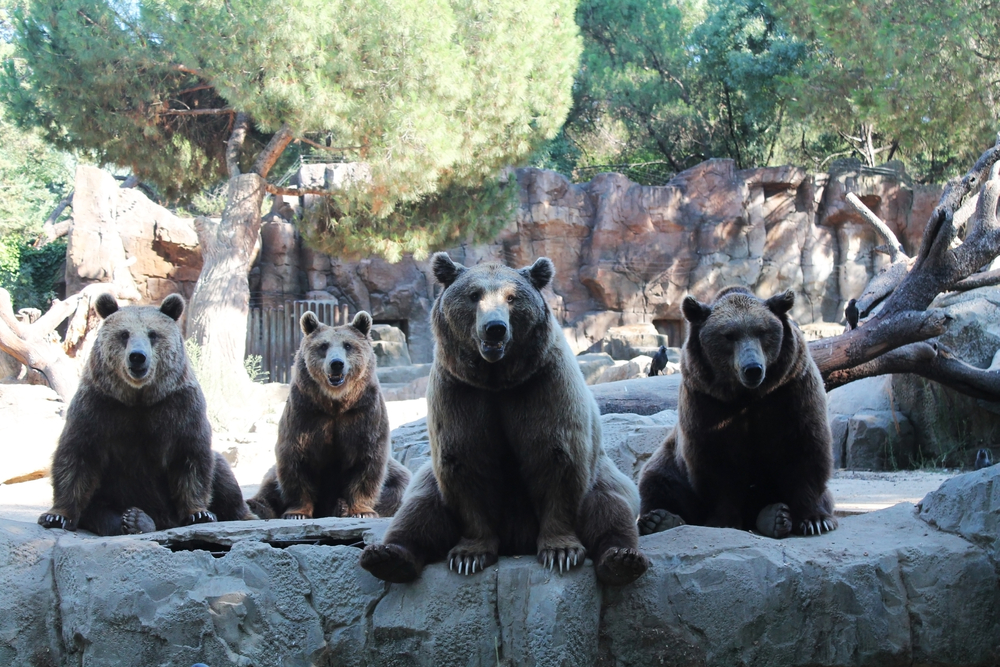In the Flame’s Wake: Challenges Bears Face After Wildfires
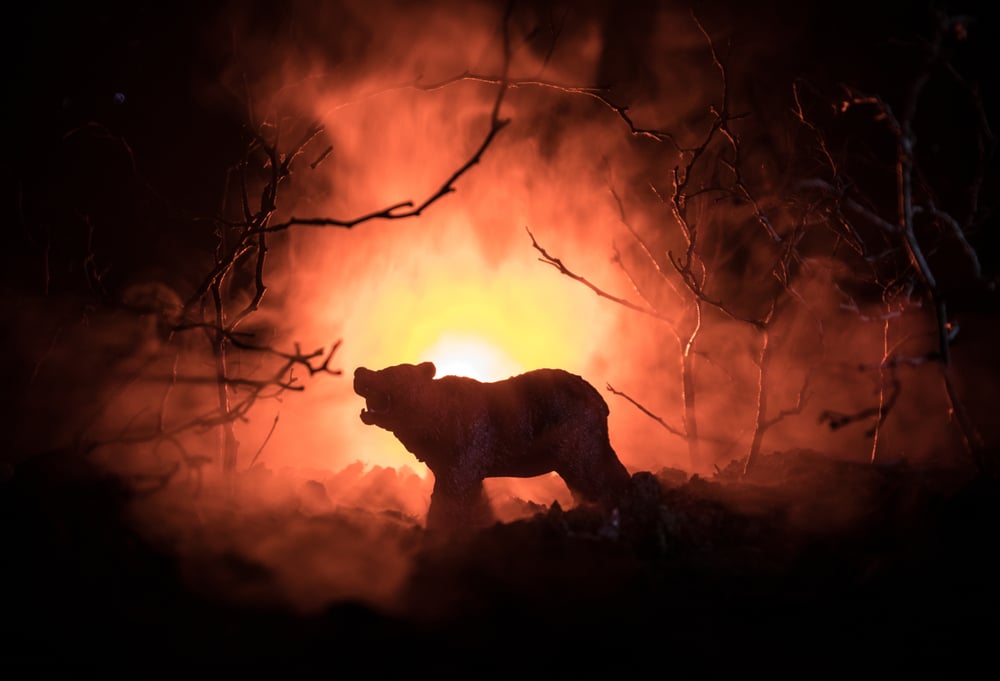
Forest fires are a common occurrence in the United States. According to sources, there were 58,950 recorded cases in 2020 and 66,255 in 2022. These fires burn millions of acres of land and don’t just leave burnt trees and blackened ground. Wildfires disrupt entire ecosystems, pushing animals like bears into some tough situations.
Sure, most bears can escape the flames, but that’s only the start of their journey. After a wildfire, bears face injuries, scarce food, and changes in their entire way of life. Take the 2022 Caldor Fire, for example. Many bears had to flee from the flames. Some were hit by vehicles on highways, others traveled to the Tahoe Basin for refuge, while many sheltered in the pockets of unburned forest.
The habituated bears, all of a sudden, had the freedom to break into people’s homesteads in search of food. They had no humans to yell, make noise, or chase them, and no electric barrier because of the power outage. Since bears are usually brilliant, it becomes hard to break bad habits once they learn something. The 2022 California fires are a classic example of what bears (and even locals) must endure in the flame’s wake.
What causes Wildfires?
Wildfires often start naturally, with lightning strikes as a major cause. In areas like the Rocky Mountains and Yellowstone National Park, dry summer months bring frequent thunderstorms with lightning but little rain. Around 78% of wildfires in the greater Yellowstone ecosystem are sparked by lightning, making natural fires a regular part of the region's ecology in recent years.
But sometimes, these fires can result from human activity and climate change. Around 90% of California’s wildfires, for instance, come from things like unattended campfires, discarded cigarettes, sparks from equipment, or downed power lines. Add in drought and hotter temperatures, and it becomes a perfect storm—dry brush turns into fuel, and fires spread fast.
What are the Effects of Wildfires?
Wildfires are the leading disturbance in the National Forests. Let’s take a look at how they disrupt bear populations:
Immediate Threats
When wildfires rage, bears face many immediate threats. Some might get trapped by flames, but most manage to escape. Even so, the risks don’t end once they’re out of the burning areas. Many bears suffer burns on their paws or faces. These injuries make it tough for them to move around, find food, or even locate safe resting places.
Then there’s the smoke. Fires fill the air with thick smoke that irritates their eyes and makes breathing difficult. Bears might inhale ash and toxins, causing respiratory issues that continue long after the fire.
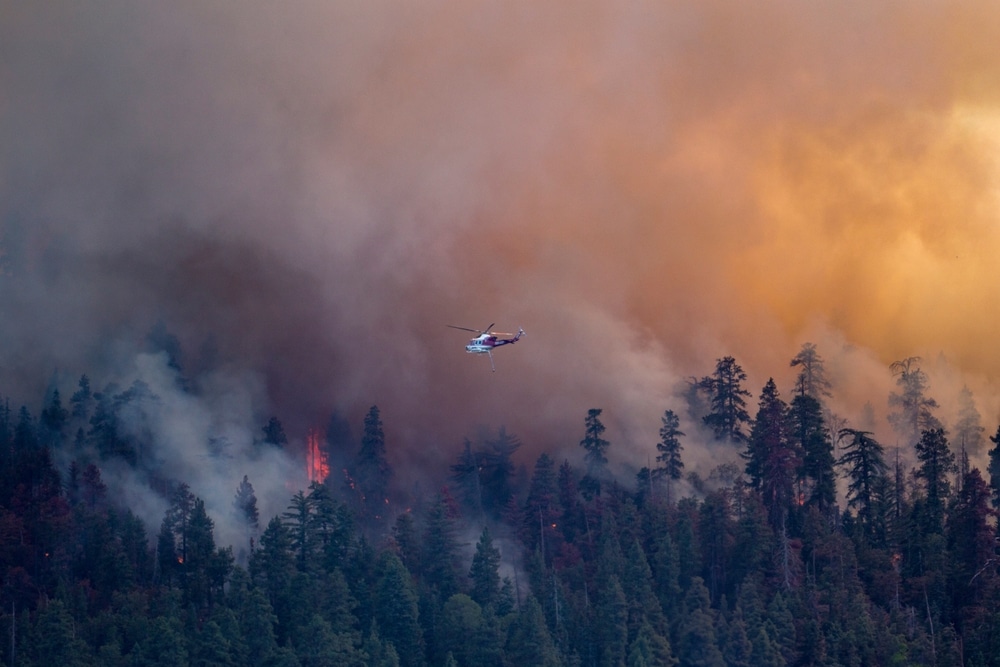
Habitat Changes
Wildfires sweep through bear habitats and leave a completely altered landscape behind. In the wake of these fires, bears lose their familiar home ranges—the areas they know best for finding food, water, and shelter. Much of their hibernating grounds and food sources are gone, so they have to roam further.
Habitat loss is also a huge reason we’re seeing declining bear populations in the US. The Endangered Species Act has listed the grizzly bear, a subspecies of the brown bear, as endangered. While the black bear population is thriving in the Northern Range of Yellowstone, their population is declining in some areas because of habitat loss.
Conflict with Humans
When wildfires destroy a bear’s home, they have no choice but to wander into new areas to find food and shelter. And sometimes, this brings them closer to where people live. For bears in North America, it’s a survival tactic; they’re just trying to get by. But for people, it can feel a little too close for comfort. These run-ins can be risky, both for the bears and for us. Bears might accidentally cause property damage, and people might feel scared or react in ways that could harm the bear.
Impact on the Ecosystem
Bears are considered keystone animals, which means they help maintain the balance of their ecosystem. When wildfires disrupt bear habitats, this balance gets thrown off. Other wildlife that rely on bears for food or competition may also struggle.
For example, if bears can't find enough food, the population of smaller animals they typically hunt might increase too much, leading to overgrazing and further damage to the habitat. It creates a ripple effect that can harm the entire ecosystem.
How You Can Help Protect Wildlife from Wildfires
While wildfires are primarily natural, there are still things you can do to help protect the animals.
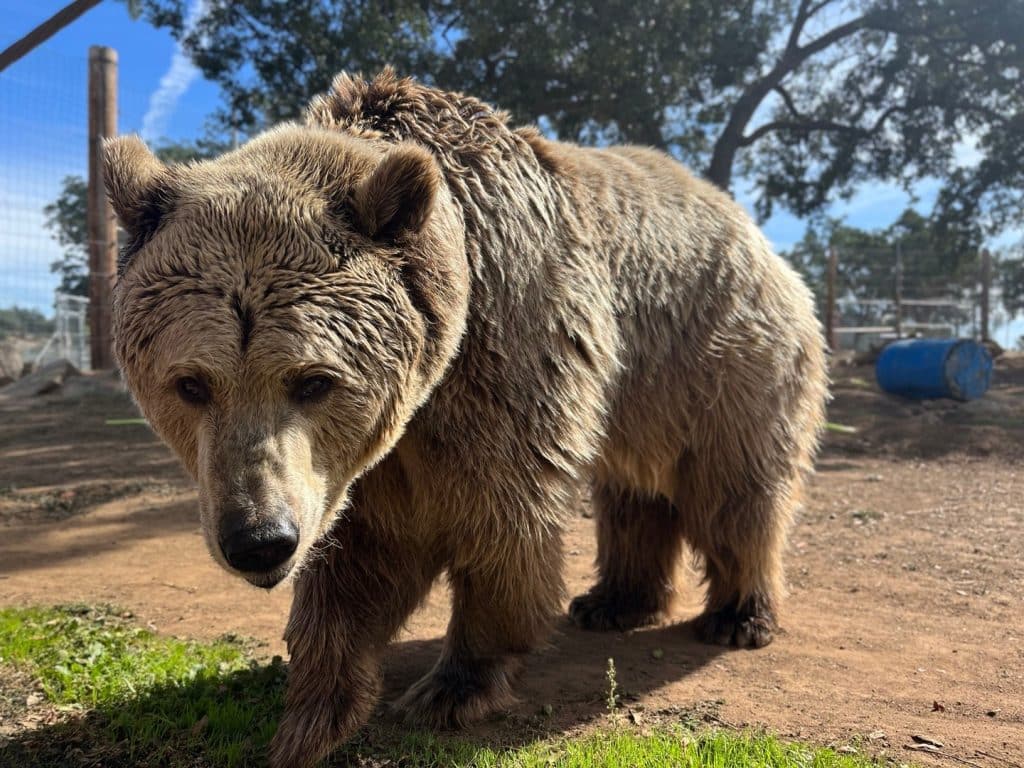
Be Extra Careful with Fire Outdoors
When you’re camping or hiking, remember fire safety. Tiny sparks from campfires, grills, or even cigarettes can ignite dry vegetation and cause a wildfire. Keep campfires small, follow local fire regulations, and always extinguish fires entirely before you leave. Pour water over the fire, stir the ashes, and ensure everything is cooled off.
Also, avoid parking your car on dry grass, as the heat from your vehicle can spark a flame. These small steps can go a long way in preventing fires and protecting the animals who call these forests home.
Plant Fire-Resistant, Native Vegetation
If you have a garden or backyard, consider planting native, fire-resistant vegetation. Native plants are often more adapted to your local environment and help provide natural food sources for wildlife. Plus, they’re often more fire-resistant, helping slow the spread of flames by creating natural firebreaks. These plants also offer refuge and food for animals, making small, safe zones that support biodiversity.
Share Fire Safety Awareness
Raise awareness about fire safety by talking to friends, family, and social networks, especially during dry seasons. Remind others to be cautious with campfires, grills, and fireworks and to respect fire safety rules in forests. The more people understand the impact of wildfires on animals like bears and the broader ecosystem, the more mindful they’ll be in preserving these spaces.
Support Rescue & Conservation Policies
Good forest management and wildlife protection policies make a big difference in wildfire prevention and recovery. Laws that encourage forest restoration, controlled burns, and habitat protection are crucial for reducing wildfire risks and aiding wildlife recovery after fires. Look for environmental bills or rescue and conservation initiatives, and use your voice and resources to support these efforts.
Organizations like Lions Tigers & Bears are focused on raising awareness and advocating for bears and always need support. You can also make a difference by contributing to bear recovery zones across the country. As Smokey Bear reminds us, 'Only you can prevent wildfires.' Together, our actions—big and small—can add up to meaningful change for wildlife and their habitats.
